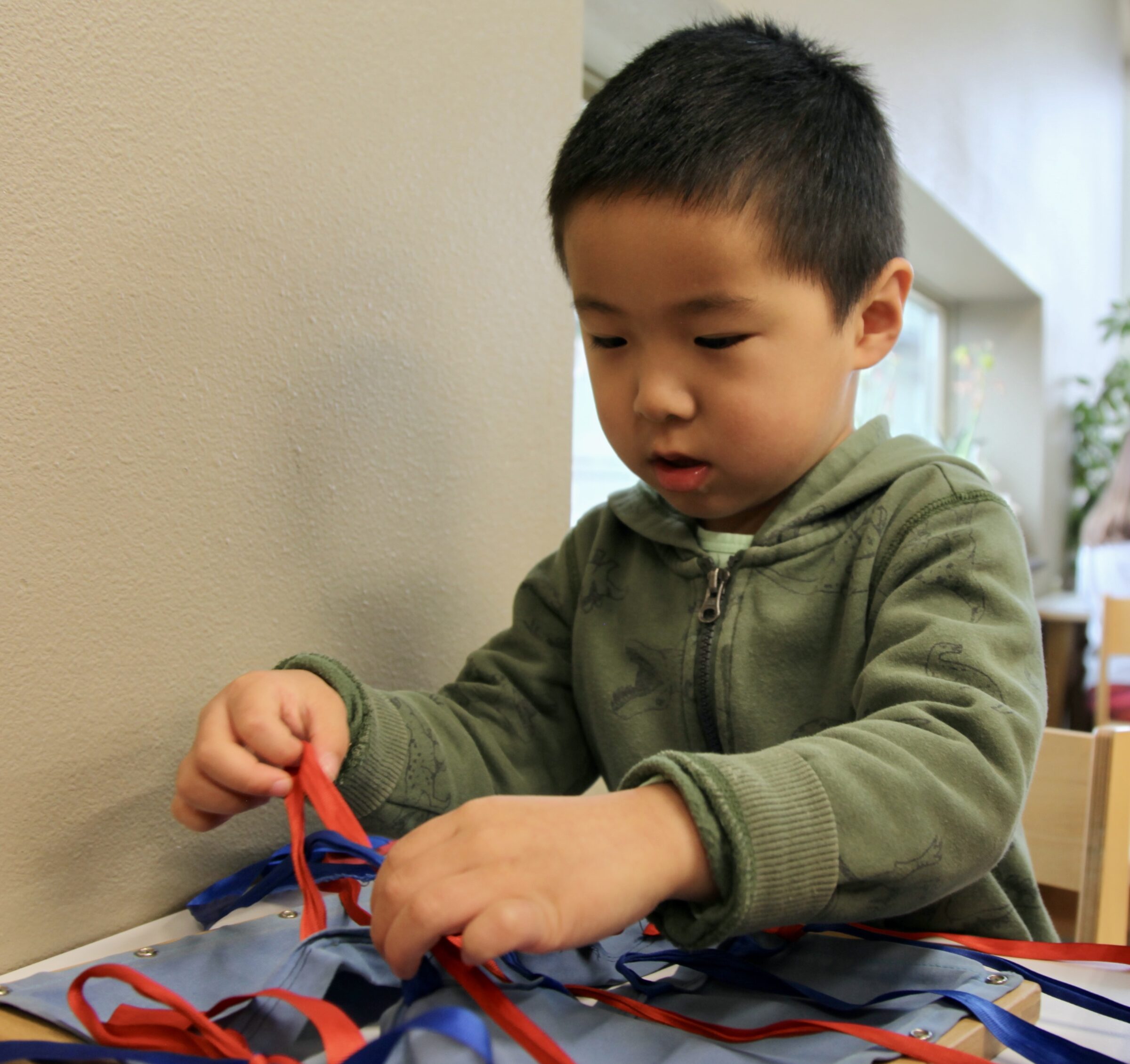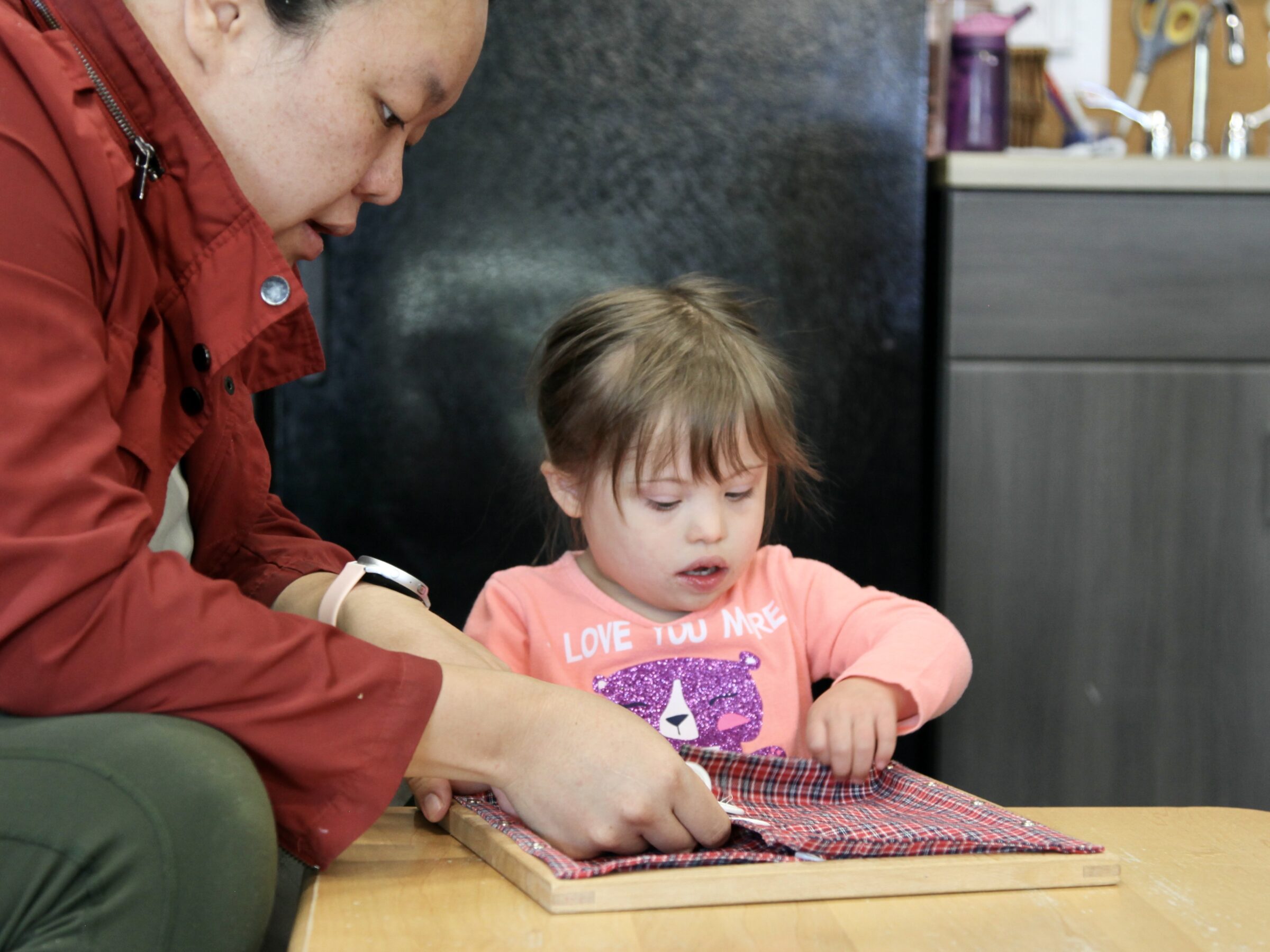How Montessori Does “Recess”
Thoughts & Reflections
Since the early 2000s, there has been a trend around recess. Well, two trends. As more time was dedicated to the academic part of the school day and less to the free time of recess, there has been increased research regarding the importance of free play, specifically about how it needs to be scheduled into the school day, which we call recess.
When families are considering Montessori for their child, they often ask, when do the children play? How often do you go outside?
This is an incredibly valid question. It’s common to link all these concepts. Play is not school, so play is not learning. Learning happens inside, play happens outside. Learning is hard, play is fun. So, with all the research demonstrating the long-term benefits of play, learning that recess happens once a day in a Montessori classroom can be a bit challenging for those unfamiliar with the practice.
So, why do we need recess? In a traditional setting, children are sitting still, memorizing lectures, sitting at a desk or at a table much of the day. We need recess in order to get the wiggles out so we can sit still and be receptive to the instruction of the school day.
“The skills that recess is traditionally credited with are not limited to recess in Montessori.”
In Montessori, children are sitting still for short or long periods of time, primarily because they’re captivated by their work; their concentration is what causes the stillness. This might be for short or for long periods of time, but it is always self-directed.
Even in the stillest moments, all the learning involves movement. Children are carrying, counting, cutting, placing, writing. From the multiple trips required to take out the Pink Tower, to the appropriately incongruous running or skipping in the classroom learning about the Verb requires, to a pencil pushing beads across a wire when adding numbers into the millions, there’s always movement.
In the winter and in the summer, there are days when the weather dictates we cannot go outside. During these times, we see an increase in movement in the classroom. The floor and the tables have never been cleaner with the enthusiastic sweeping and vigorous scrubbing taking place. The Line is almost constantly in use. We miss being outside because outside is different, not because it’s the only place movement and interpersonal development happen.
The skills that recess is traditionally credited with are not limited to recess in Montessori. Problem-solving. Creativity. Social Development. Gross-motor movement. Critical thinking. These are the cornerstones of every activity and interaction in a Montessori classroom.
Montessori is education of the whole child. This means you’re not just at school to memorize some facts I’ve deemed important, you’re here to grow and to develop and to learn. As this article explains, “education” comes from the Latin roots “e” — out of or from — and “ducere” — to lead or to draw. This is Montessori Education: “‘The process of drawing knowledge out of the student or leading the student toward knowledge…’”
This video demonstrates why Montessori classrooms don’t need recess. It’s fun to run and to climb and to swing, activities which aren’t really possible in a classroom, but it’s not needed in the same way — because that need is met, in a very different way, all day.
Written by:
Charlotte Snyder



